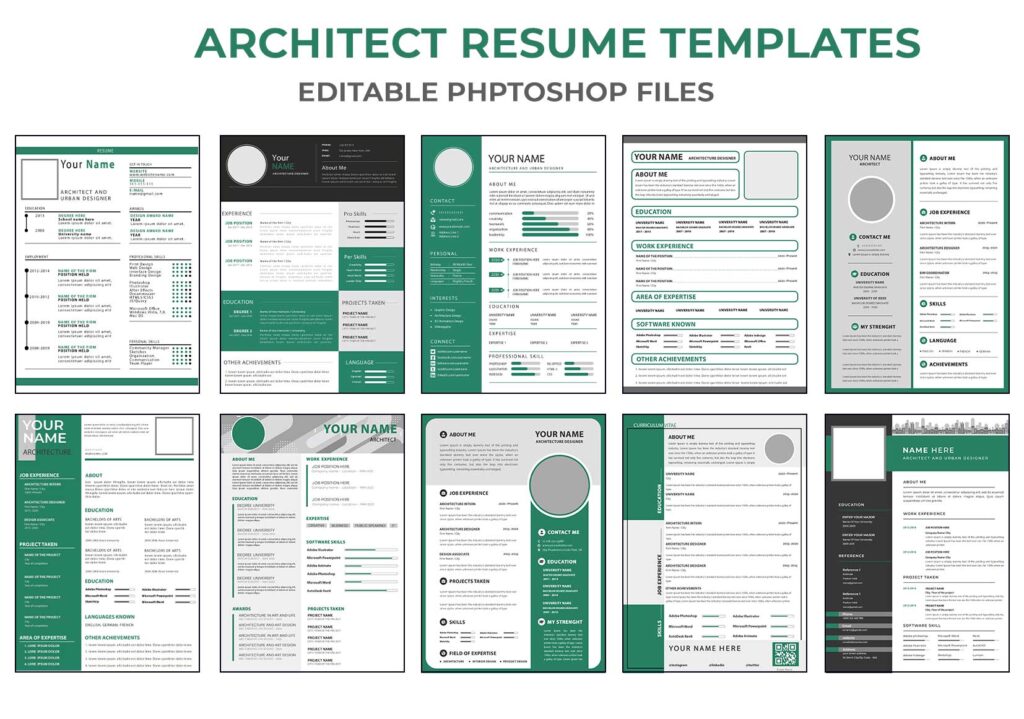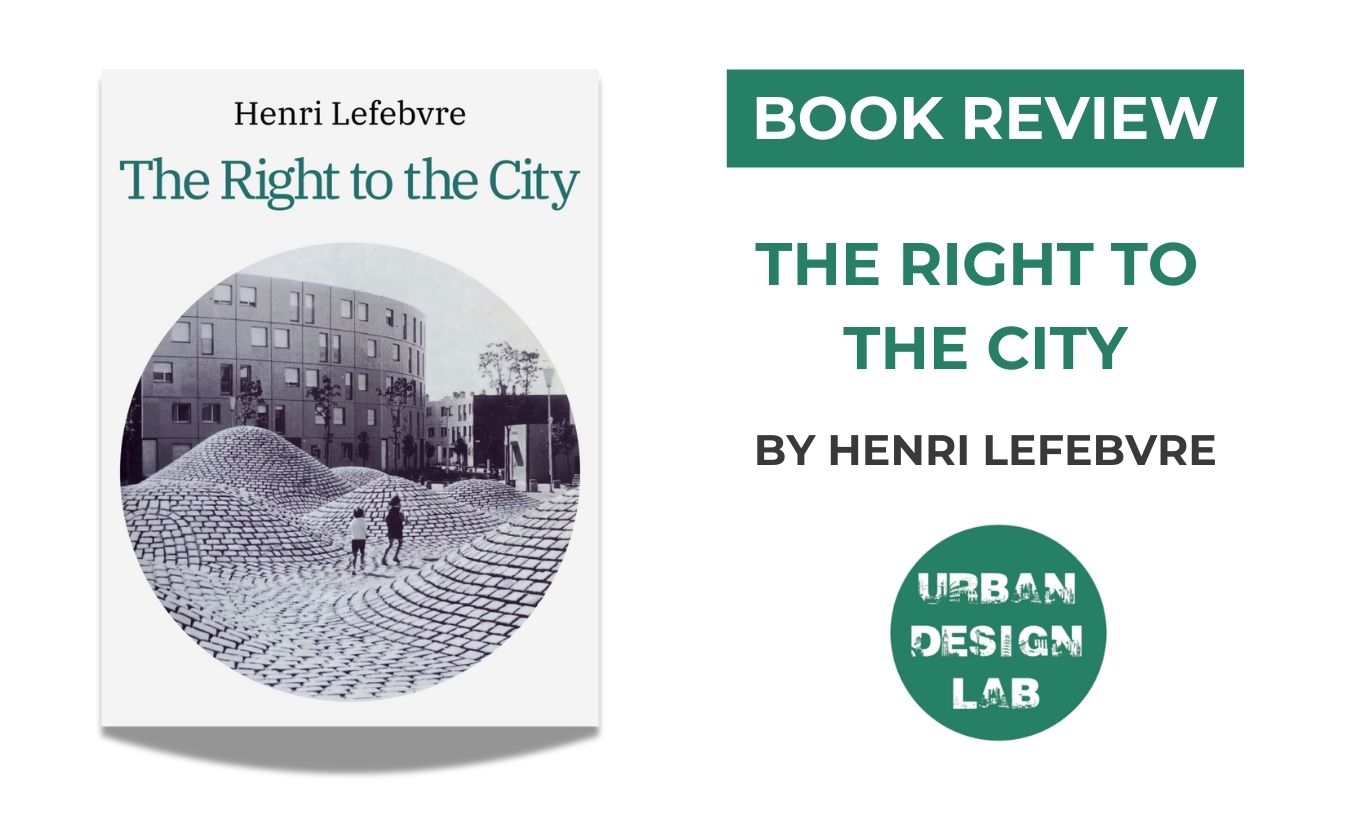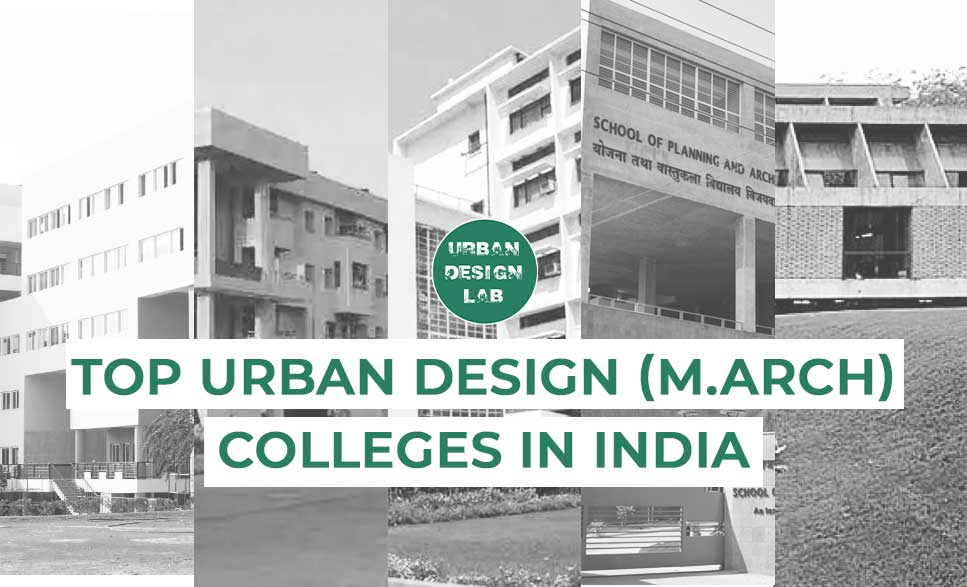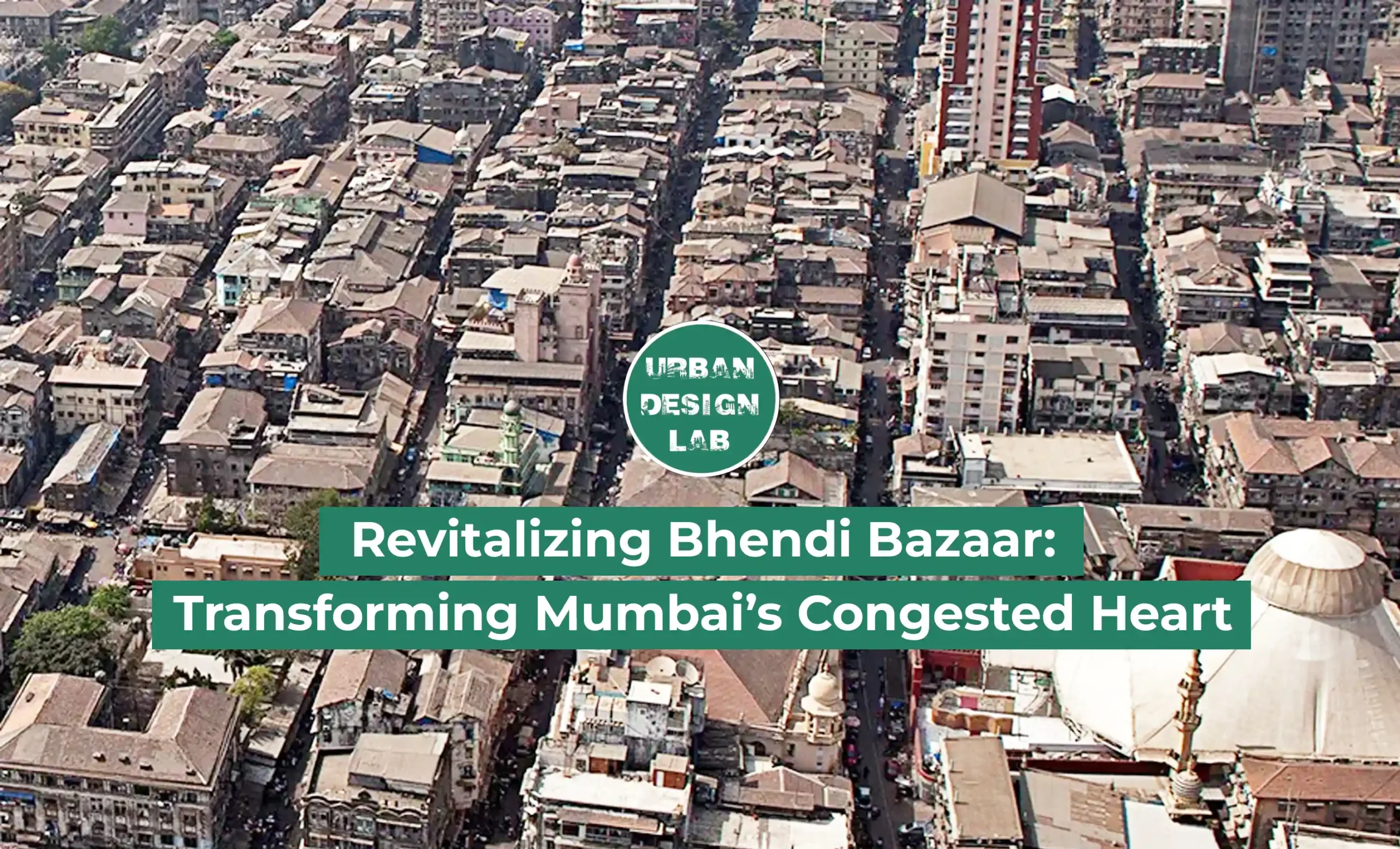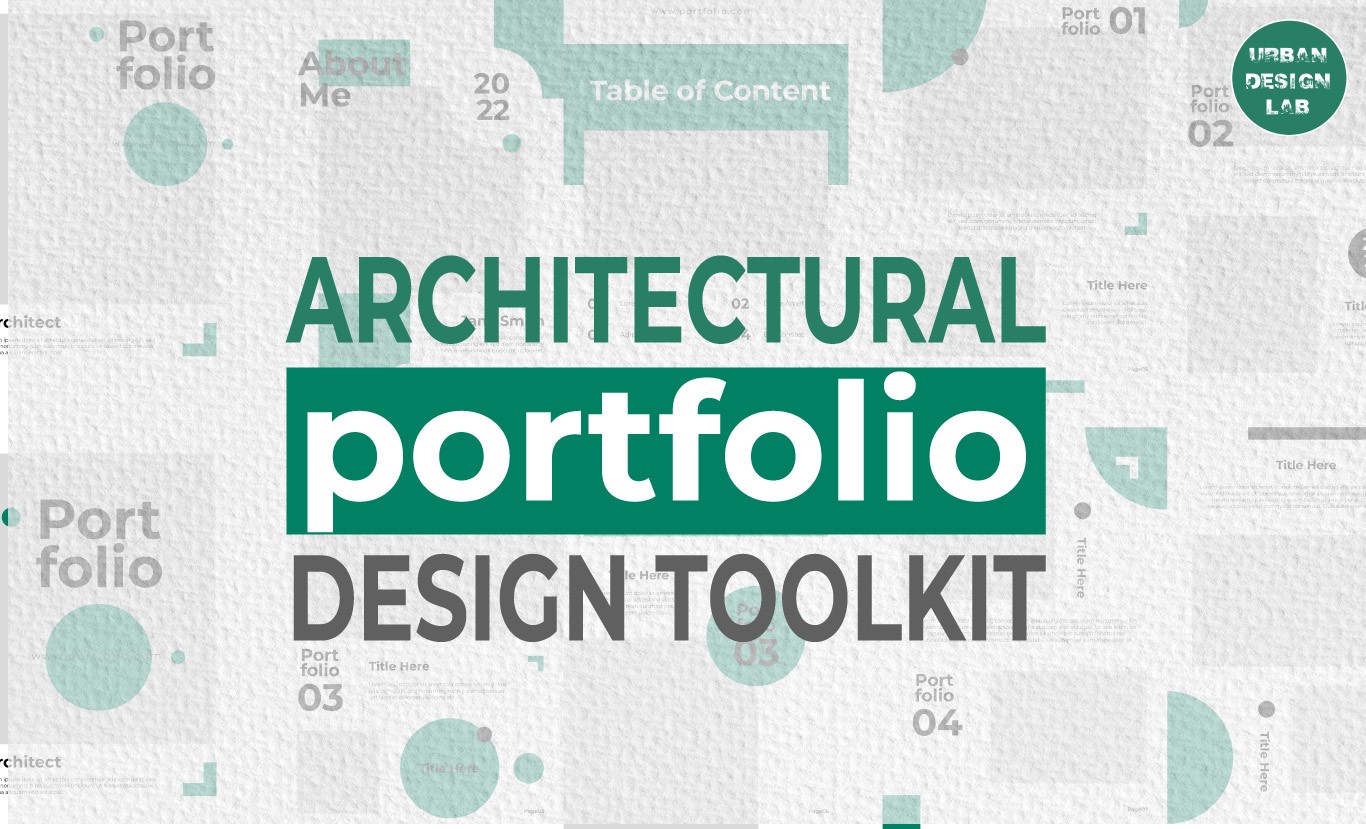
Architecture Resume Writing Tips and Techniques
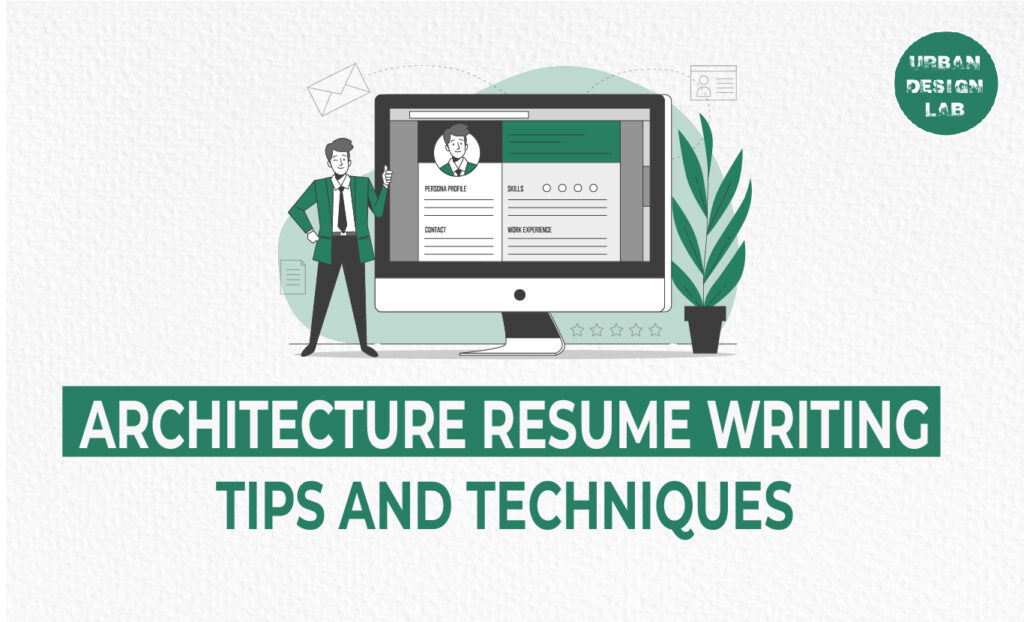
Introduction
A well-written CV is crucial for showing your abilities, background, and knowledge to potential employers in the competitive area of architecture. Your resume for architecture acts as both a first impression and an example of your professional qualifications. This thorough guide will give you helpful pointers and tricks for writing a resume for architecture that stands out from the competition and gets you the job of your dreams.
Download Editable Resume Templates
Create a Stunning Professional CV
Free Editable Templates
1. Architecture Resume Writing Tips & Techniques: The Basics
Understanding the underlying concepts that underpin an excellent CV is crucial before you begin writing your architectural resume. Here are some fundamental guidelines and methods to remember:
- Put relevance first: Create a resume that is tailored to the particular position you’re applying for and highlights your best qualifications.
- Keep it brief: Particularly for entry-level or mid-level positions, aim for a one-page resume. A two-page resume may be appropriate for roles with higher responsibility.
- Format in a clear, consistent manner: Keep your layout neat and orderly by using consistent fonts, bullet points, and headings.
- Describe your accomplishments: Highlight your achievements, including finished projects, honours, and certifications.
- Proofread for errors: Check for typos when editing Check your resume carefully for typos, grammatical errors, and formatting issues to make sure it is flawless.

2. Crafting an Attention-Grabbing Objective Statement
Your resume’s introductory part, the objective statement, gives a succinct overview of your professional objectives and what you can contribute as an architect. It should be customised for the particular position you’re applying for and catch hiring managers’ attention. When composing your objective statement, keep the following points in mind:
- Be precise: Indicate your desired sort of architecture position as well as your career goals clearly.
- Display your worth: Emphasise the special abilities, knowledge, and experience that make you a strong candidate.
- Use powerful keywords. Incorporate pertinent terms from the job description to show that you are a good fit for the position.
- Keep it brief: Aim for a succinct but powerful sentence that sums up your career aspirations.
3. Highlighting Your Education and Certifications
Your education and certifications play a crucial role in establishing your qualifications as an architect. Make sure to include the following details:
- Educational background: Mention your degree(s), major(s), and the name of the institution(s) you attended.
- Relevant coursework: Highlight any specialized courses or concentrations that are relevant to the job you’re applying for.
- Certifications and licenses: Include any professional certifications or licenses you hold, such as LEED accreditation or architectural registration.
4. Showcasing Your Professional Experience
Your architecture resume’s experience section is where you present the knowledge and abilities you’ve acquired from real-world experience. To properly display your professional experience, abide by following rules:
- Take the first position you held recently: In reverse chronological order, list your employment history, starting with your most recent or present position.
- Give specific descriptions: Include your job title, the name of the business or organization where you held the position, the dates you worked there, and a brief summary of your duties and achievements for each position.
- Count your accomplishments: Use figures, percentages, or other quantifiable indicators whenever you can to demonstrate the impact of your effort.
accentuate relevant experience When applying for a job, emphasise experience that is relevant to the position, especially if you have experience with related project types or specialised areas of architecture.
5. Demonstrating Technical Skills and Expertise
Your technical abilities are crucial as an architect. A section of your resume should be devoted to highlighting your expertise with the necessary programmes, devices, and technologies. Think about the following advice:
- List your software expertise: Include software programmes that are frequently used in architecture, such as Adobe Creative Suite, AutoCAD, Revit, SketchUp, and Rhino.
- Mention your technical knowledge: Showcase your understanding of construction codes, building materials, sustainable practises, and other technical elements of architecture.
- Display extra abilities: Make sure to mention any knowledge you may have in parametric design, 3D modelling, or rendering.
6. Emphasizing Relevant Projects and Portfolio
An important part of your architectural CV is your portfolio. It presents your best work and offers concrete proof of your design skills. Think about the following advice for highlighting your portfolio and projects:
- Choose your finest work: Pick a variety of assignments that show off your abilities and knowledge of various architectural scales and styles.
- Provide project summaries: Give a succinct description of each project, emphasizing your involvement, the goals, any obstacles faced, and any unique contributions you made.
- Graphical display: Include visuals like pictures, renderings, blueprints, and sections to give an in-depth look at your work.

7. Including Honors, Awards, and Recognition
Include any honours, awards, or accolades you’ve gotten for your work as an architect on your resume. These distinctions can help you stand out from other applicants and serve as evidence of your accomplishments. Here’s how to successfully display them:
- Separate this section: Give acknowledgment, honours, and awards their own area.
- Include pertinent information: Mention the title of the honour, the organisation that bestowed it, the day it was received, and a succinct summary of the accomplishment.
- Give recent and important honours top priority: The most recent and noteworthy honours you have won should be highlighted.
UDL Thesis Publication | 2023
Curating the best Graduate Thesis Projects Globally!
Register Now | Submit Later
8. Structuring Your Architecture Resume
The structure and organization of your resume are critical for readability and clarity. Here’s a suggested structure to follow:
- Contact information: Include your full name, phone number, email address, and LinkedIn profile URL.
- Objective statement: Craft a concise and tailored objective statement that highlights your career goals and what you can offer as an architect.
- Education and certifications: List your degrees, major(s), educational institutions, and relevant certifications or licenses.
- Professional experience: Provide detailed descriptions of your work experience, highlighting accomplishments and quantifiable results.
- Technical skills: Showcase your proficiency in relevant software, tools, and technical aspects of architecture.
- Projects and Portfolio: Include a selection of your best projects, accompanied by brief descriptions and visuals.
- Honors, awards, and recognition: Dedicate a section to highlight any significant achievements.
- Additional sections: If applicable, you can include sections for publications, research, leadership roles, or volunteer experience.
- References: Optionally, you can provide references or state that they are available upon request.
9. Designing a Visually Appealing Layout
In architecture, aesthetics are important. Utilize your design expertise to produce a CV that is visually appealing and showcases your creativity and attention to detail. Think about this design advice:
- Use a clean and professional layout: Opt for a clear, modern, and easy-to-read design.
- Incorporate white space: Ensure your resume is not overcrowded by leaving sufficient white space between sections and paragraphs.
- Choose an appropriate font: Select a legible font that matches your personal style but remains professional.
- Use headings and subheadings: Employ headings and subheadings to divide your resume into sections and make it easy to navigate.
- Be consistent with formatting: Maintain consistency in font styles, sizes, and bullet point formatting throughout your resume.
UDL Thesis Publication | 2023
Curating the best Graduate Thesis Projects Globally!
Register Now | Submit Later
10. Proofreading and Editing for Perfection
Before submitting your architecture resume, ensure it is error-free and polished. Here’s a proofreading and editing checklist to follow:
- Check for grammatical and spelling errors: Use spell-check tools and carefully review each section for accuracy.
- Review sentence structure and clarity: Read your sentences aloud to ensure they flow smoothly and convey your intended meaning.
- Verify consistency: Double-check the formatting, font styles, and punctuation throughout your resume.
- Seek feedback: Ask a trusted friend, colleague, or mentor to review your resume and provide constructive feedback.
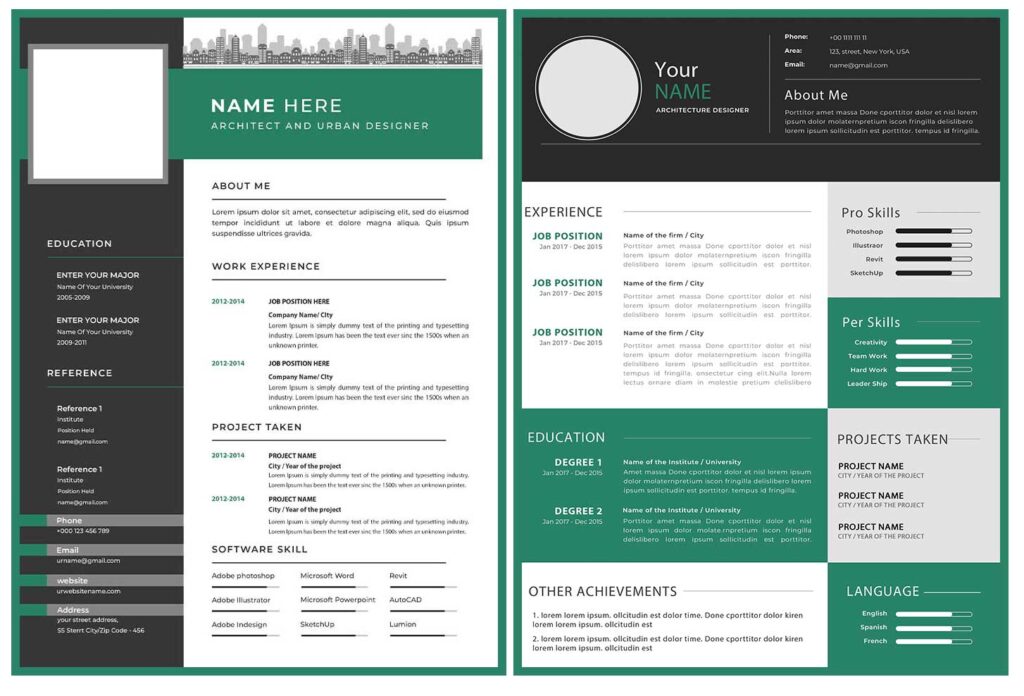
Download Editable Resume Templates
Create a Stunning Professional CV
Free Editable Templates

Urban Design Lab
About the Author
This is the admin account of Urban Design Lab. This account publishes articles written by team members, contributions from guest writers, and other occasional submissions. Please feel free to contact us if you have any questions or comments.
Related articles


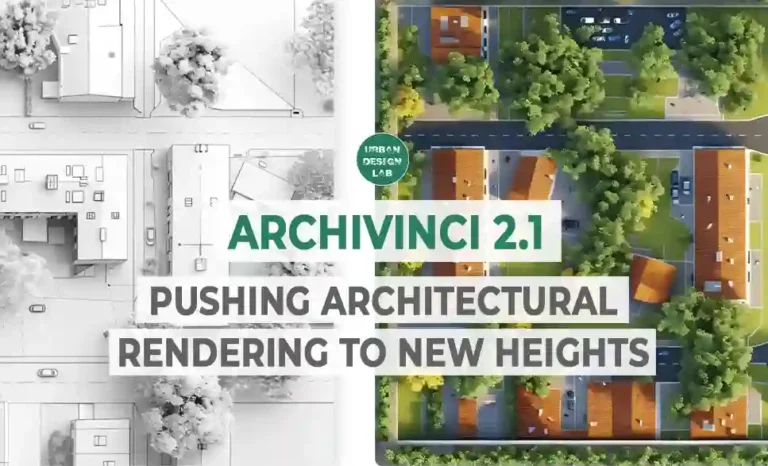
ArchiVinci 2.1: Pushing Architectural Rendering to New Heights

7 Best Desk Organization Ideas for Architects and Designers

10 Reasons Why Urban Designers Are Worthless?
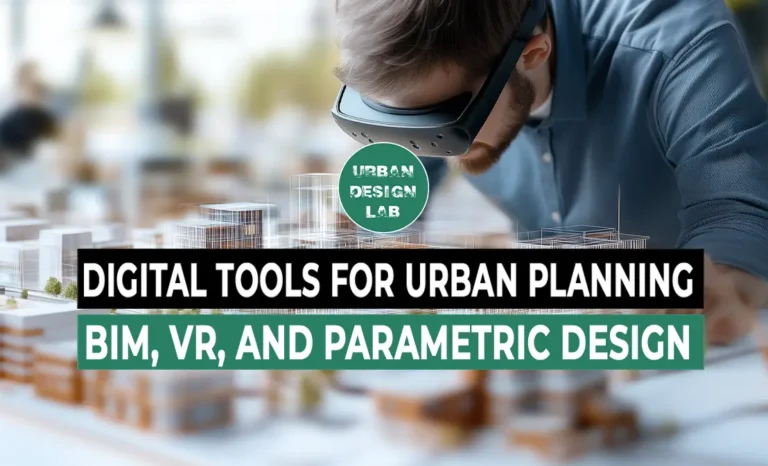
Digital Tools for Urban Planning: BIM, VR, and Parametric Design
5-Days UDL GIS
Masterclass
GIS Made Easy – Learn to Map, Analyse, and Transform Urban Futures
Session Dates
14th-18th July 2025

Free E-Book
From thesis to Portfolio
A Guide to Convert Academic Work into a Professional Portfolio”
Recent Posts
- Article Posted:
- Article Posted:
- Article Posted:
- Article Posted:
- Article Posted:
- Article Posted:
- Article Posted:
- Article Posted:
- Article Posted:
- Article Posted:
- Article Posted:
- Article Posted:
- Article Posted:
- Article Posted:
Sign up for our Newsletter
“Let’s explore the new avenues of Urban environment together “


